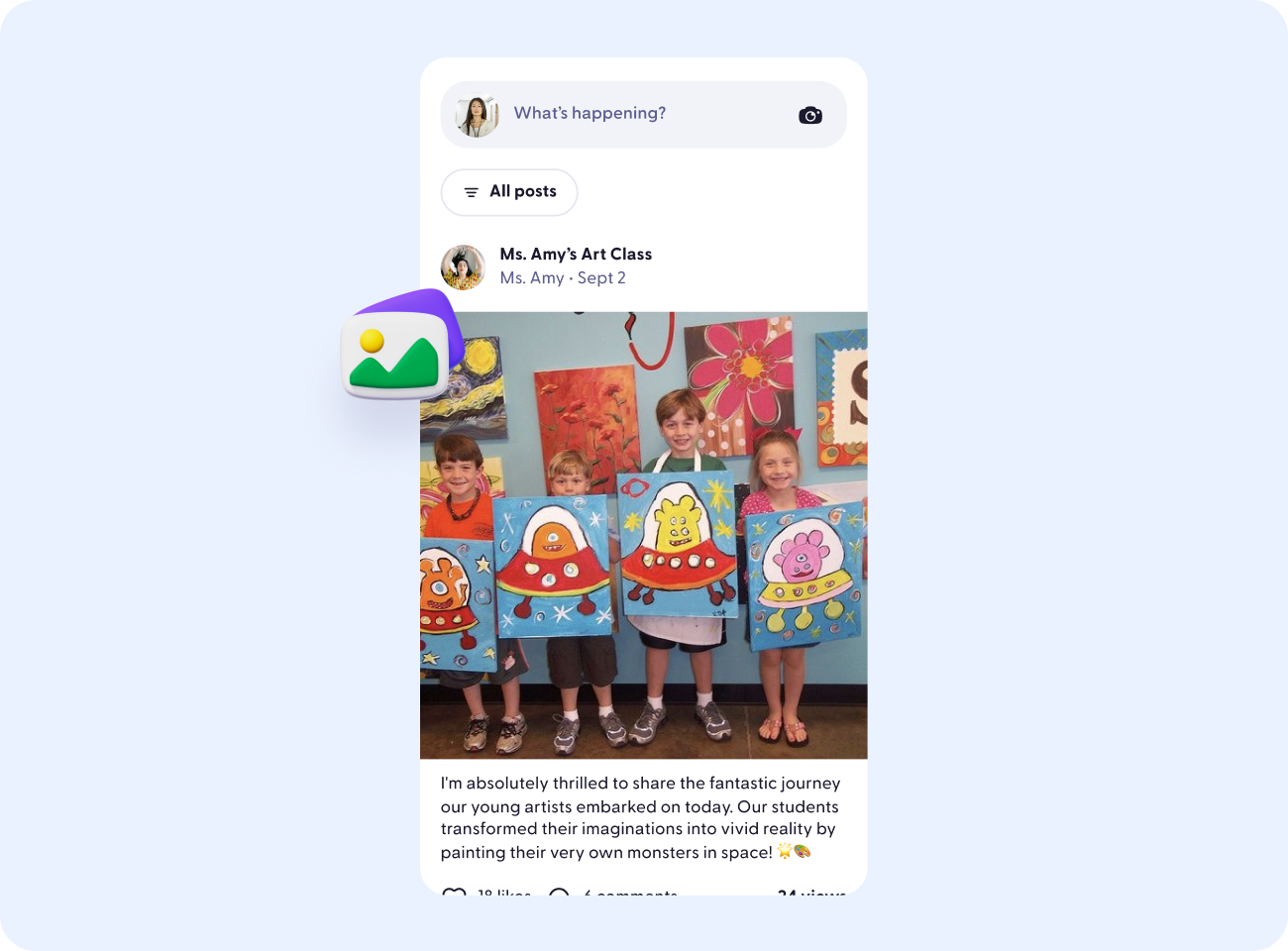See how Hamilton Elementary achieved a 5.3x jump in literacy rates by focusing on connection with ClassDojo
Hamilton Elementary School
San Diego, CA
5.3x jump inliteracy rates
with ClassDojo

Brittany Daley
Principal of Hamilton Elementary
When Brittany Daley became principal at Hamilton Elementary in San Diego’s City Heights, the outlook was bleak: only 9% of students were reading at grade level, and 37% were chronically absent. “It was clear to me that families weren’t excited to send their kids to school, didn’t feel informed about what was happening on our campus and moreover, didn’t feel comfortable – let alone capable – of communicating to us their needs,” she said.
Hamilton didn’t need just academic interventions—it needed a cultural shift. The strategy? Centering family engagement as the key driver of student success.
Building trust before teaching
Post-pandemic, distrust ran deep. Many families felt disconnected, and communication barriers across multiple languages made it even harder. Nearly half of the students were English learners, with families speaking Spanish, Haitian-Creole, Pashto, and Vietnamese.
To break the cycle of absenteeism and disengagement, the school started not with academics, but with visibility and trust. “The first thing I did was establish open communication with parents using ClassDojo,” Daley said. “It became an easy way to build trust and collaboration between families and staff.”
One symbolic gesture made this commitment clear: “Two years ago, I bought each of the teachers a blue chair. If a parent or caregiver wanted to visit, this would be a dedicated space for them. It was my way of saying, ‘From here on out, things are going to be different.’”
“The first thing I did was establish open communication with parents using ClassDojo.
Joyful engagement first
The initial focus wasn’t on academics: it was on showing families that school could be a joyful, welcoming place. The school hosted after-school art classes, monthly “Family Fridays,” and events like Halloween costume drives and Read Across America.
“Our goal wasn’t learning during these meet-ups. It was all in service of building trust and creating meaningful relationships with students and their families,” Daley said.
Family Friday participation jumped from 10 attendees to over 200, with families eventually leading their own initiatives like clothing boutiques, food centers, and English classes. “Today, the atmosphere at Hamilton feels radically different than when I first walked through the doors four years ago.”

Embedding academics into the home
Once trust was built, academics followed — but still with families at the center. A schoolwide phonics focus included personalized take-home activities, designed and demonstrated in collaboration during parent-teacher conferences.
“What we quickly realized was that beyond helping students, the exercise challenged a false narrative so many families had assumed — that they either didn’t know enough, weren’t confident enough, or didn’t have enough time to help their children succeed.”
Real results for kids
The outcomes speak volumes: 48% of students now read at grade level, and chronic absenteeism has dropped to 17%, with a goal of 14% this year. “When district leaders visit, they’re always impressed by the participation. I tell them, if you care about something, it has to be so deeply embedded into the system that people don’t have a choice but to do it.”
Family engagement as a strategy, not a slogan
This transformation didn’t happen because of a new curriculum or expensive tools. It happened because the school wove family engagement into the DNA of everything, from staff meetings to literacy planning. It wasn’t a standalone program; it was the foundation.
Research backs it up, too: when families are engaged, reading skills, language development, and classroom attention all improve. So do teacher morale and family well-being.
“For me, family engagement is the ultimate strategy for academics,” Daley said. “Sometimes in the K–12 world we keep those things separate — but in reality, it’s the key that unlocks our ability to hit academic goals and create a joyful school community.”